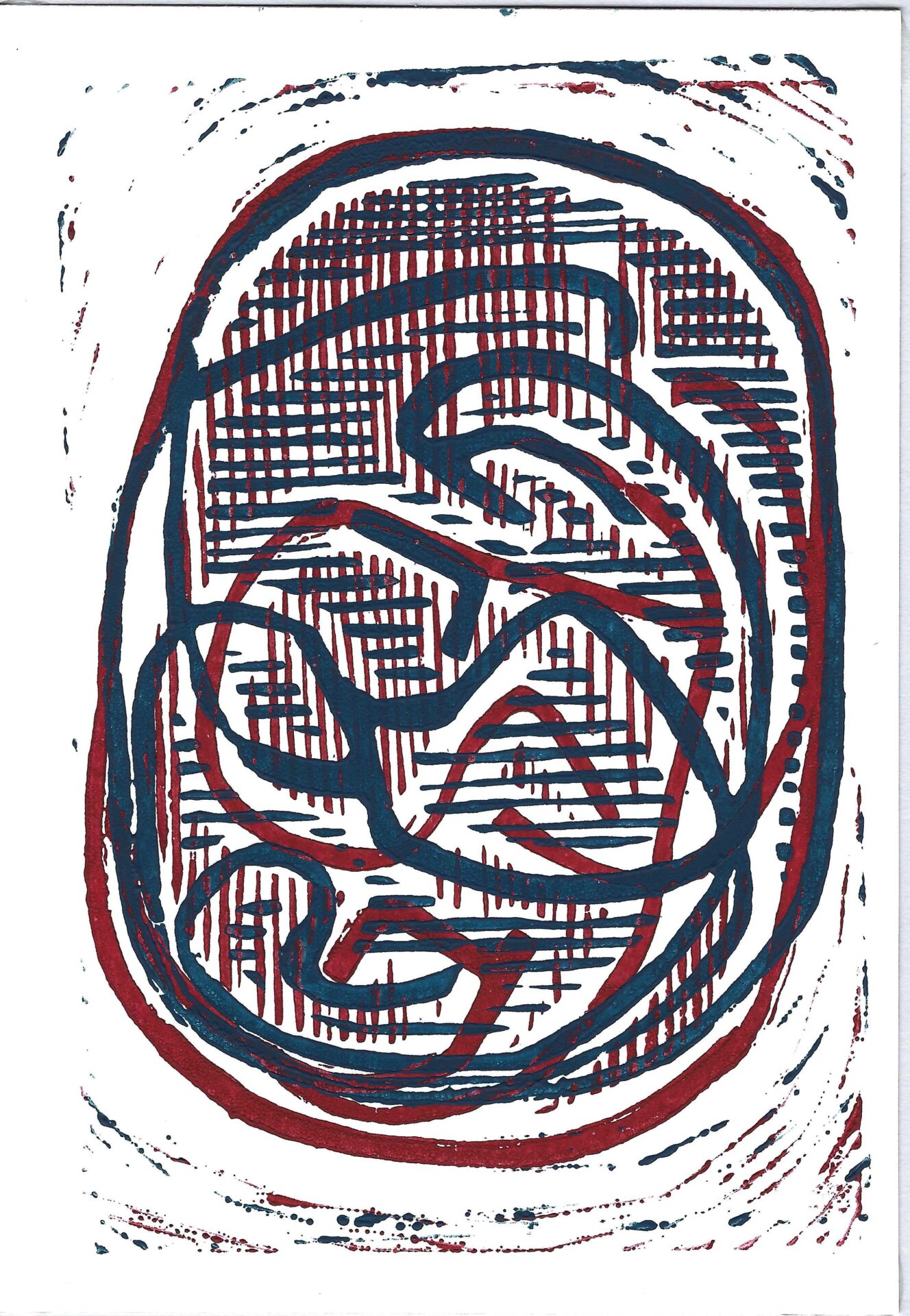the cleansing waters of miriam’s well
What follows is the ritual I have used at my seder since the mid 1990s.
Before the Seder begins I fill the bottom quarter of a large pitcher with slices of orange (and often sprigs of mint) then fill the remainder with ice cubes. Once you can no longer put in any more ice, fill the pitcher with cold water. I even place a label on the pitcher: “Miriam’s Well” so participants know not to drink from it until it is time (the very end of the Seder). Empty whatever wine remains in the wine glasses into the empty bowls then pour some water from the pitcher into everyone’s wine glass.
We have escaped bondage and crossed the sea. We enter the arid land before us, made hesitant by generations of servitude—mixed with our recent struggle, and yet heady in our new freedom.
We have thirsted for freedom, but now we thirst for water. As with so many people in the world who do not have water, we face bitterness [Exodus 15:23] and quarreling [Exodus 17:6–7, Numbers 20:11]. Our ancient texts tell us that Moses was able to turn the bitter into sweetness and bring forth water. But many disputes over water remain.
Further, we are told that Miriam, the midwife of our liberation has stood ready, waiting to sustain us in the time ahead as we come to grips with our tasks and responsibilities.
Our Sages spoke of Miriam’s Well, created in the twilight of creation’s week. It now lies hidden in the sea of Galilee for Elijah to restore to us. Ishmael received water from it as “the well of living and seeing”; Rebecca drew from it when she greeted Eliezer; the well first appeared to our people when Moses struck the rock on Miriam’s account at the place of bitterness in Sinai—and it travelled with us throughout the desert years. Its waters, we are told, taste of old wine and new wine, of milk and of honey.
This is the well of the Ancestors of the world:
Abraham & Sarah, Isaac & Rebecca, Jacob & Leah and Rachel dug it;
the leaders of olden times have searched for it;
the heads of the people, the lawgivers of Israel, Moses, Aaron and Miriam, have caused it to flow with their staves.
In the desert we received it as a gift and thereafter it followed us on all our wanderings: to lofty mountains and deep valleys.
Not until we came to the boundary of Moab did it disappear because we squandered our freedom by not fulfilling our responsibilities.
Now, as we begin a new season of renewal, may these cleansing, refreshing waters, reminiscent of Miriam’s well, recall for us a time of purity of purpose and help us focus on the tasks ahead.
All drink the water from Miriam’s well.
How do you cleanse your soul?
what is “#blogexodus”?
My friend and colleague Phyllis Sommers has thought of yet a new creative way to prepare for Peasach. You can learn more here.


